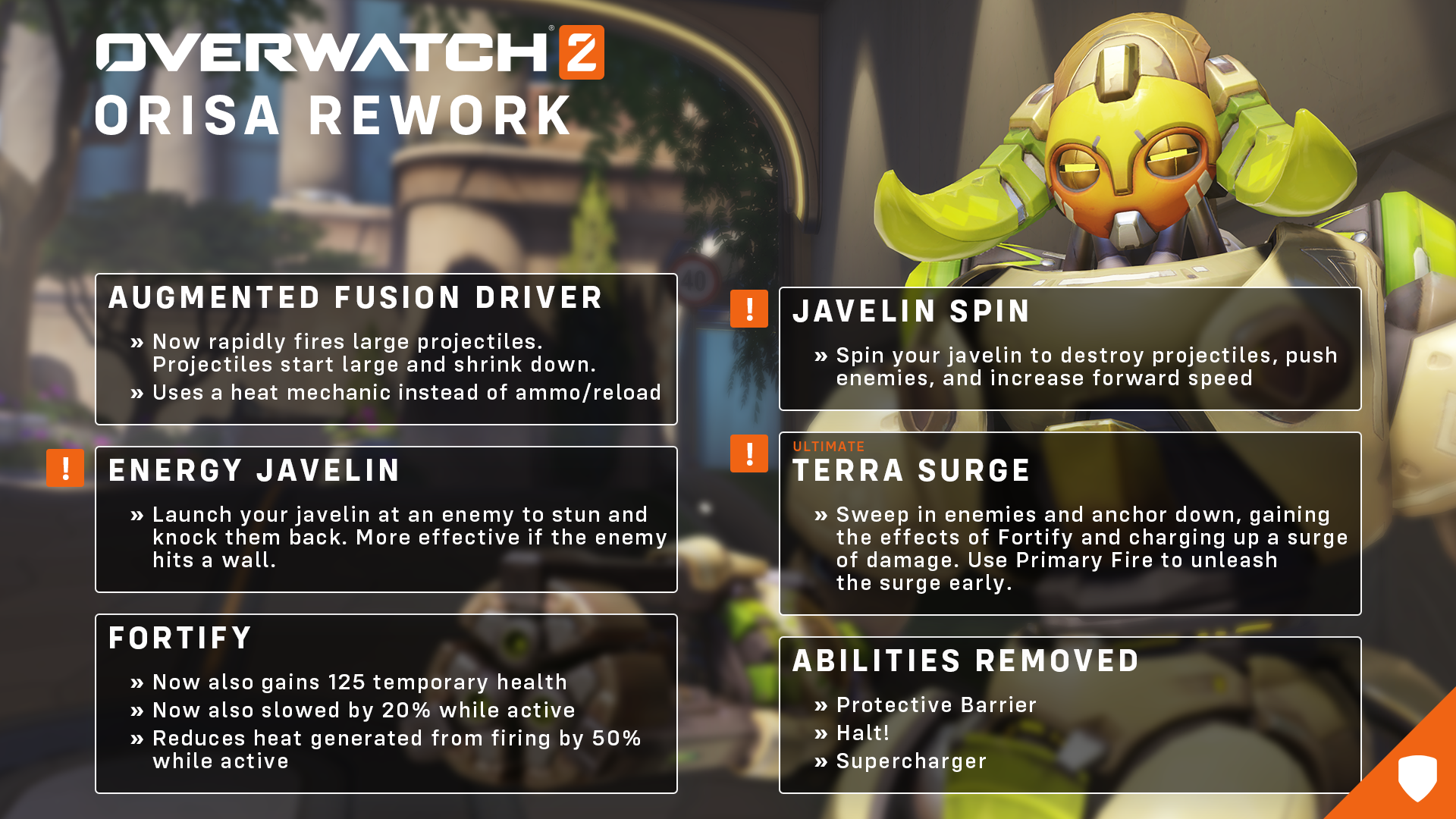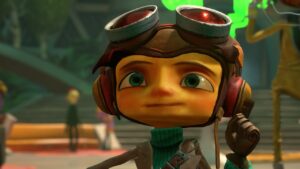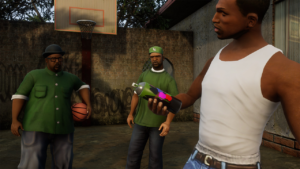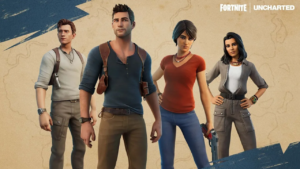On the surface, Overwatch 2 may not look that different from its predecessor – and in truth, when playing as many of the 33 assembled heroes, it doesn’t feel too different to play either. But that simply can’t be said for the nine tank members of the roster, for whom Overwatch 2 has made sweeping changes that allow for a more action-packed experience. It doesn’t just change the game for tank players – it changes Overwatch 2 as a whole.
The most obvious difference from its predecessor is that Overwatch 2 is now a 5v5 game, not 6v6 – and it’s a tank slot that’s been removed from the team line-up. Naturally this means a lot more responsibility is placed on the broad shoulders of that single tank player. My Overwatch tank of choice is undoubtedly D.Va, the Korean teenager in a mobile, rocket-powered mech. If this were Overwatch 1, I’d feel guilty picking her as the sole tank due to the lack of protection I’d offer my teammates. In the original, tank heroes could be broadly split into main tanks (like Orisa and Reinhardt, who can act as walls between you and your aggressors) and off-tanks (such as Roadhog and D.Va, whose job is to be more aggressive and deal as much damage as they soak up). That line appears to be blurring with the arrival of Overwatch 2 though, with all tanks set for a more active place in the fight from my experience in the closed beta so far.
The rework of just one of those tank heroes encapsulates the sweeping change in philosophy to how Overwatch 2 is designed to be played for tank players – Orisa. Her sharp transition from sturdy anchor in the original to mobile damage-dealer in the sequel can be seen from just a glance at her new skillset, but felt all the more on the battlefield. The swirling Javelin Spin increases movement speed and encourages driving towards enemies to deal maximum damage with a revamped primary fire that inflicts greater damage the closer you get. It’s in stark contrast to the way many utilise Orisa in the original Overwatch – sitting further back and providing an anchor point for others to fire on the enemy team from behind. Of course, the biggest change to Orisa’s list of abilities is the removal of her Protective Barrier shield.
Frustrations with shield-heavy metas in Overwatch grew as more and more barrier-wielders were added over the years, but these initial changes to Overwatch 2 aim to combat this. Veterans will have Volskaya war flashbacks to a Bastion and a Torbjorn turret sitting comfortably behind seemingly endless layers of shields, which, when you inevitably break through, sees a Symmetra ultimate summoned out of nowhere, halting your progress yet again. That tedium thankfully feels a distant memory in Overwatch 2 so far. From my experience in the beta, these roadblocks seem to be a thing of the past.
From what I’ve played so far, there’s just a much more frantic pace – in an already fast game. Alongside Orisa, no one embodies that brawler aspect more than the punch-hungry Doomfist – who is no longer considered a damage character, but a tank – further emphasising that impetus for every tank to be a damage dealer rather than damage sponge. It really does change your whole mindset when playing as a tank hero now. While damage and support players will largely be operating in the same ways, a lot more importance is placed on that single tank to spearhead the team, rather than protect. It’s much more challenging, and often the play of your solo tank will be a crucial factor on whether you’re greeted with a victory or defeat screen.
On the one hand it’s exciting, a spark of life and, crucially, something big to differentiate Overwatch 2 from its predecessor. It’s a real test of skill that encourages aggressive play, placing more importance on 1v1 encounters than ever before. On the other hand, it feels like a step away from the tactical teamplay that made Overwatch so special in the first place. Yes, attritional shield battles look set to be in the rear view, but there seem to be fewer opportunities for exciting team plays now. Down purely to the maths of there being two fewer tanks on the map, the chances of seeing a well-timed Graviton Surge from Zarya combining with a Pharah Barrage are all the rarer, and the spectacle of a Reinhardt Hammer Down leading into a D.Va Self Destruct is now an extinct species.
For some, playing as a main tank in Overwatch was a way to enjoy the game without necessarily possessing a high skill-level. You could pick a shield carrier, set up your position and guard your team without the worry of relying on twitch reactions or expert aim. It was a role that leant into map knowledge, communication skills and a desire to be part of a team. Overwatch 2 is heightening that skill floor with its changes to the tank class, and by making it much more exciting for some, may well be leaving some more casual players behind in the process.
In the later years of Overwatch 1, more and more emphasis seemed to be placed on the hardcore playerbase and tweaks to gameplay that would benefit high-skilled players all the way up to the professional level in the Overwatch League. The changes to the tank class inherently mean Overwatch 2 will be a much more enthralling spectacle as an eSport – less chess and more basketball in its pace. How kind it will feel to the more casual player and indeed the new players that Blizzard will hope hop into the world of Overwatch with its sequel is another question. There’s still a fair way to go yet with the development of Overwatch 2 though. We’re only in the beta phase, after all, and with more heroes, reworks and metas surely to develop before full release, it's shaping up to be a completely new game for tank players.
Simon Cardy has over 1500 hours in Overwatch and doesn't regret a second of it. Follow him on Twitter at @CardySimon.
- abilities
- active
- All
- alongside
- Another
- Basketball
- Battlefield
- before
- beta
- Biggest
- challenging
- chances
- change
- Chess
- choice
- closed
- closer
- Communication
- communication skills
- could
- damage
- deal
- develop
- Development
- different
- Distant
- down
- driving
- Endless
- Esport
- experience
- fair
- FAST
- Fire
- First
- follow
- full
- further
- game
- gameplay
- glance
- High
- How
- HTTPS
- IT
- Job
- knowledge
- Korean
- leading
- League
- Level
- Line
- List
- Making
- map
- maximum
- May
- Members
- Mobile
- more
- movement
- offer
- operating
- opportunities
- original
- Other
- overwatch league
- philosophy
- picking
- play
- player
- players
- Playing
- Point
- Possessing
- primary
- Process
- professional
- protect
- protection
- Protective
- reactions
- release
- responsibility
- s
- Said
- Screen
- sees
- set
- skills
- slot
- So
- spearhead
- speed
- Spin
- split
- support
- Surface
- surge
- tactical
- Team
- teenager
- test
- The
- the world
- Through
- towards
- Twitch
- ultimate
- Veterans
- View
- war
- What
- WHO
- world
- years






